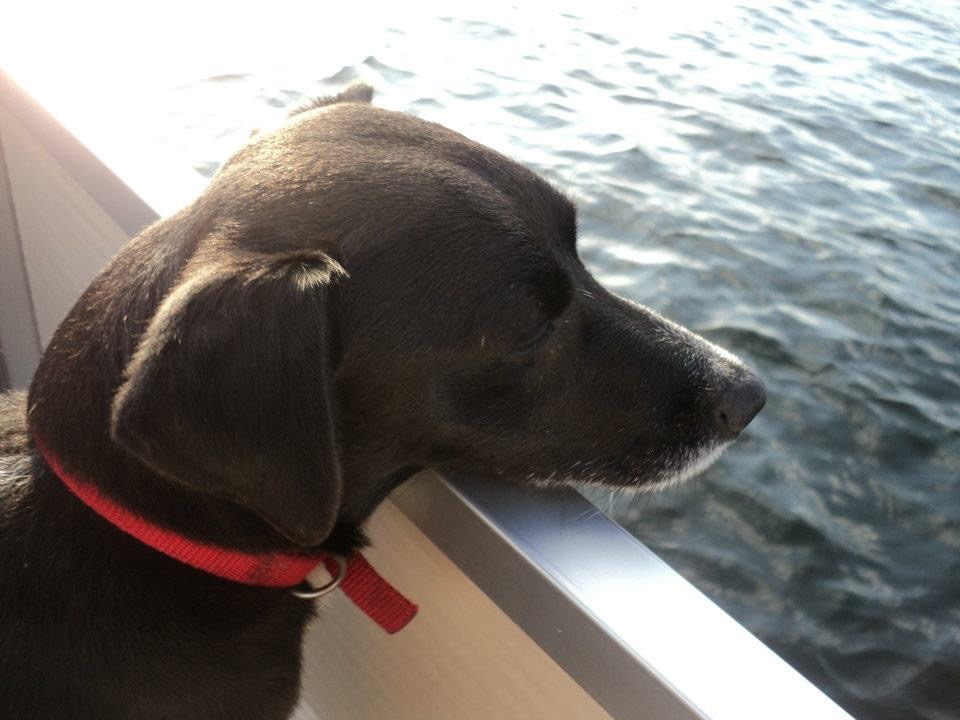
Dog Neutering Recovery
A Guide for Pet Owners
A key decision pet owners make is whether or not they should fix their intact puppy. Shelter pets are typically adopted out already being spayed/neutered. Therefore, this decision is generally faced by pet owners who purchase from a breeder, as these puppies are commonly sold intact. If you are debating whether or not to spay or neuter your dog, it is important to be well informed of what neutering is, the benefits of neutering and the aftercare of this procedure before finalizing your decision.
If you see any serious complications with your dog please call your veterinarian right away.
.
What Is Neutering?
Neutering is a surgical procedure to remove the testicles of an intact male dog. The veterinarian will typically make one small incision either in the scrotum or just above the scrotum for both testicles to be removed from. The incision may be closed using skin glue or left open slightly for any blood that accumulates in the scrotum to drain. Your veterinarian will direct you on if you should expect any drainage from the incision area.
Testicles develop near the kidneys in the dog’s abdominal cavity and typically descend into the scrotum by 5-7 weeks of age. Upon your puppy’s first exam, the veterinarian will palpate the scrotum to determine if both testicles have descended. The testicles may continue to descend (if still in the abdomen or inguinal region) for the next few months but will rarely descend after the dog is six months of age. The dog is considered cryptorchid if one testicle fails to descend and is bilaterally cryptorchid if both fail to descend.
However, if your dog is unilateral cryptorchid (has one descended testicle) or bilaterally cryptorchid, they can still be neutered. Before surgery, your veterinarian will palpate your dog’s abdomen, inguinal and scrotal regions, and can often feel where the testicle is located. The surgery duration is extended if the dog is cryptorchid, so your pet will be under anesthesia for a longer amount of time. Additionally, owners can typically expect two incision sites if their dog is cryptorchid. These will be closed, and you and your dog may need to re-visit the vet for suture removal if deemed necessary by the veterinarian.
Benefits
Neutering Your Dog
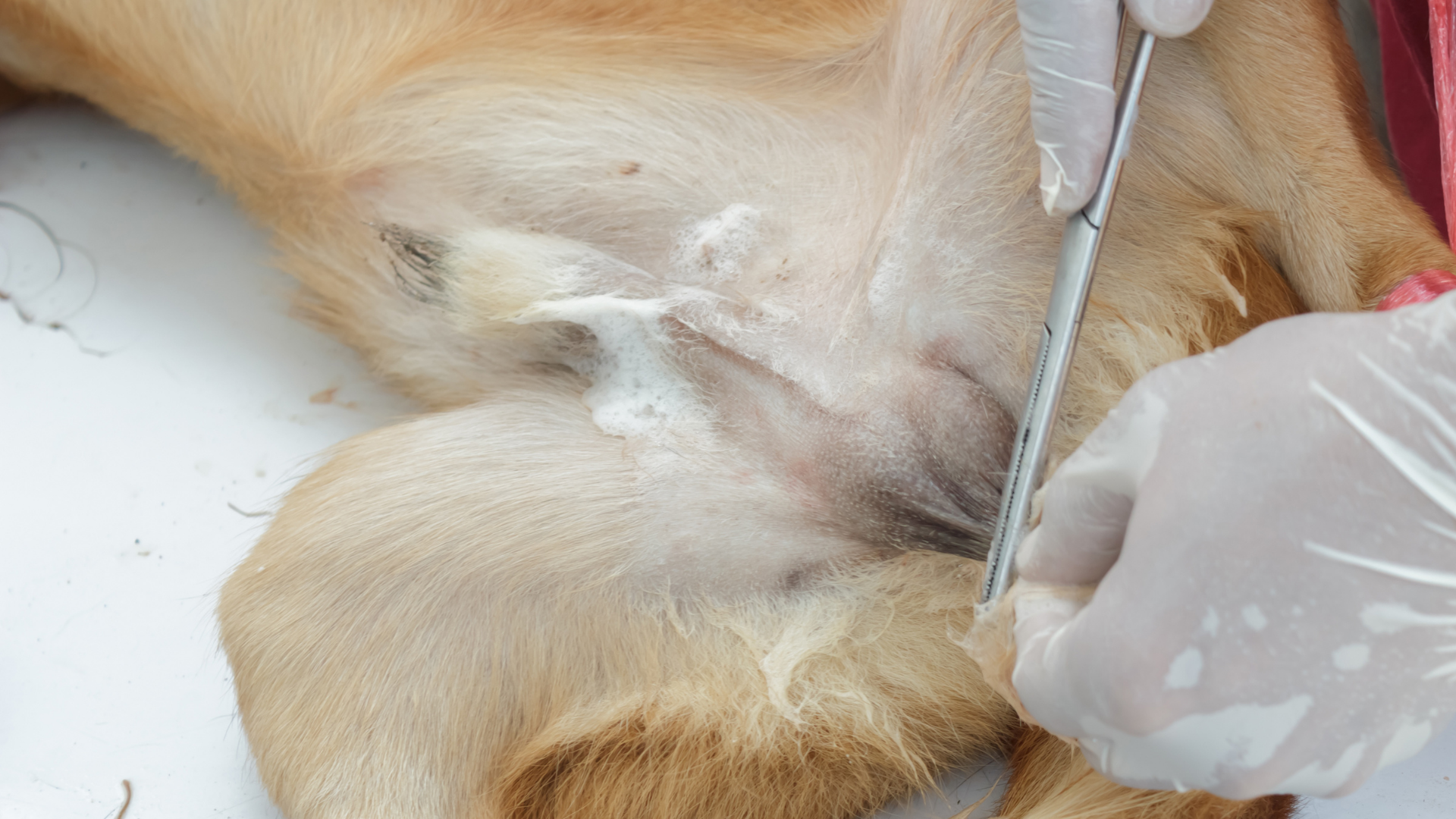
There are many health and behavioral benefits to neutering your dog. While undergoing surgery and being anesthetized always has some risk, neuters are typically considered a routine surgery with a great recovery outlook
- Mature intact dogs have a higher rate of enlarged prostates, causing additional health complications. Neutering your dog at a younger age reduces the risk of him developing an enlarged prostate as he ages.
- Neutering decreases the likelihood your dog will develop testicular cancer.
- Intact dogs are more likely to escape their yard and roam looking for an intact female to breed. This leads to the dogs getting lost or hit by a car.
- Spraying, or inappropriate urination, can decrease with neutering.
- Neutering your dog decreases their testosterone levels, which can aid in decreasing aggression in some dogs.
What to Expect After Neutering Your Dog
How long does it take dog to heal after being neutered?
How long will my dog be in pain after neutering?
How soon can I walk my dog after they are neutered?
When can my dog start to run after being neutered?
Can my dog be left alone after neutering?
How do I comfort my dog after neutering?
Avoid changing your dog’s diet or offering too many treats as your dog recovers as this could upset their stomach or make them less likely to eat. However, offering a small amount of bread, peanut butter, or canned food to disguise any pills they need to take is okay.
What’s the Expected Neuter Recovery Time for Dogs?
Additionally, while your dog will most likely want to resume their normal activity state well before their ten days have passed, it is recommended you keep them as calm and quiet as possible through limiting their exercise to leashed walks during this time.
Neuter Aftercare / Post Neuter Care
Always remember to listen to your veterinarian’s post-surgery care instructions, as this will be specific to the exact procedure performed on your dog, and relate to their age, breed, size, and drugs given. Furthermore, here we will highlight several common recommendations.
- Limit activity levels: Running, jumping, and playing/wrestling can aggravate your dog’s incision site, or lead to it opening – causing unintentional drainage, leading to the possibility of an infection. Therefore, leashed walks are recommended for the 7-10 days following surgery.
- Maintain their regular diet: Changing their diet or supplementing with too many treats can upset their stomach. Dogs are typically okay to have a normal meal the evening after a neuter surgery, however, you should follow your veterinarian’s recommendations if their advice differs.
- Keep their incision clean and dry: A wet incision area (from swimming, licking, or bathing) – can lead to an infection or the incision site opening. Therefore, keeping this area dry is important, as bacteria like moist environments. Additionally, keeping the area around their incision clean will help your dog not lick. If they feel any blood or other discharge in this area they may be prompted to lick.
- Monitor their pain levels: Aggression, hiding, being more shy than normal, and panting can all be signs of pain. Be sure to give any medications as prescribed by your veterinarian and call if you are worried about your dog’s pain levels.
- Keep away from females in heat: Following your dog’s neuter, it will take time for his hormone (primarily testosterone) levels to decrease. At this time, he will still be interested in mating with any females in heat. Therefore, be sure he is not able to escape (increasing his chances of becoming lost or hit by a car) or given the opportunity to attempt mating.
- Monitor for complications: As with any surgical procedure, monitor for signs of complications. These can include pale/blue gums, labored breathing, excessive redness or swelling around the incision site or discharge from the incision. Note: if your veterinarian leaves the scrotum open to drain to prevent a hematoma from forming in the scrotum, some drainage is expected. Discuss with your veterinarian the amount and color that is expected!
- Call your veterinarian if you have any concerns! They may offer a telehealth service in which you can send videos or photos of your dog for them to evaluate. Based on what they see, or what you describe, it may be necessary to bring your dog back into the clinic.
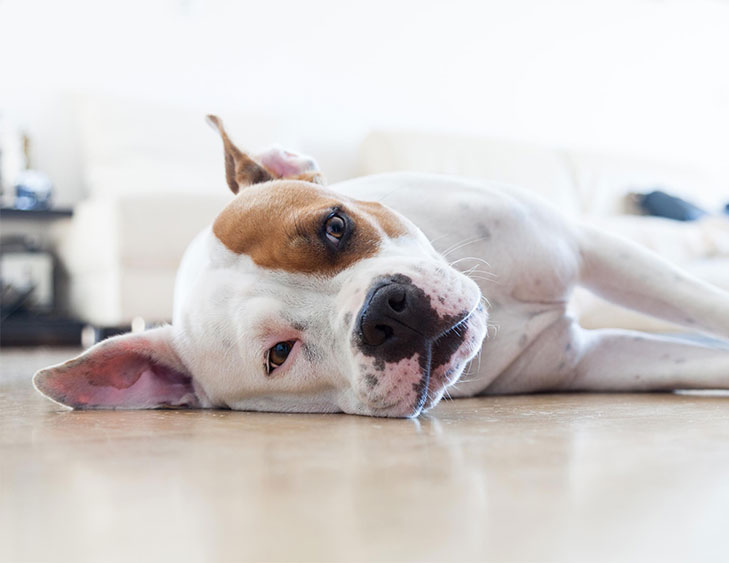
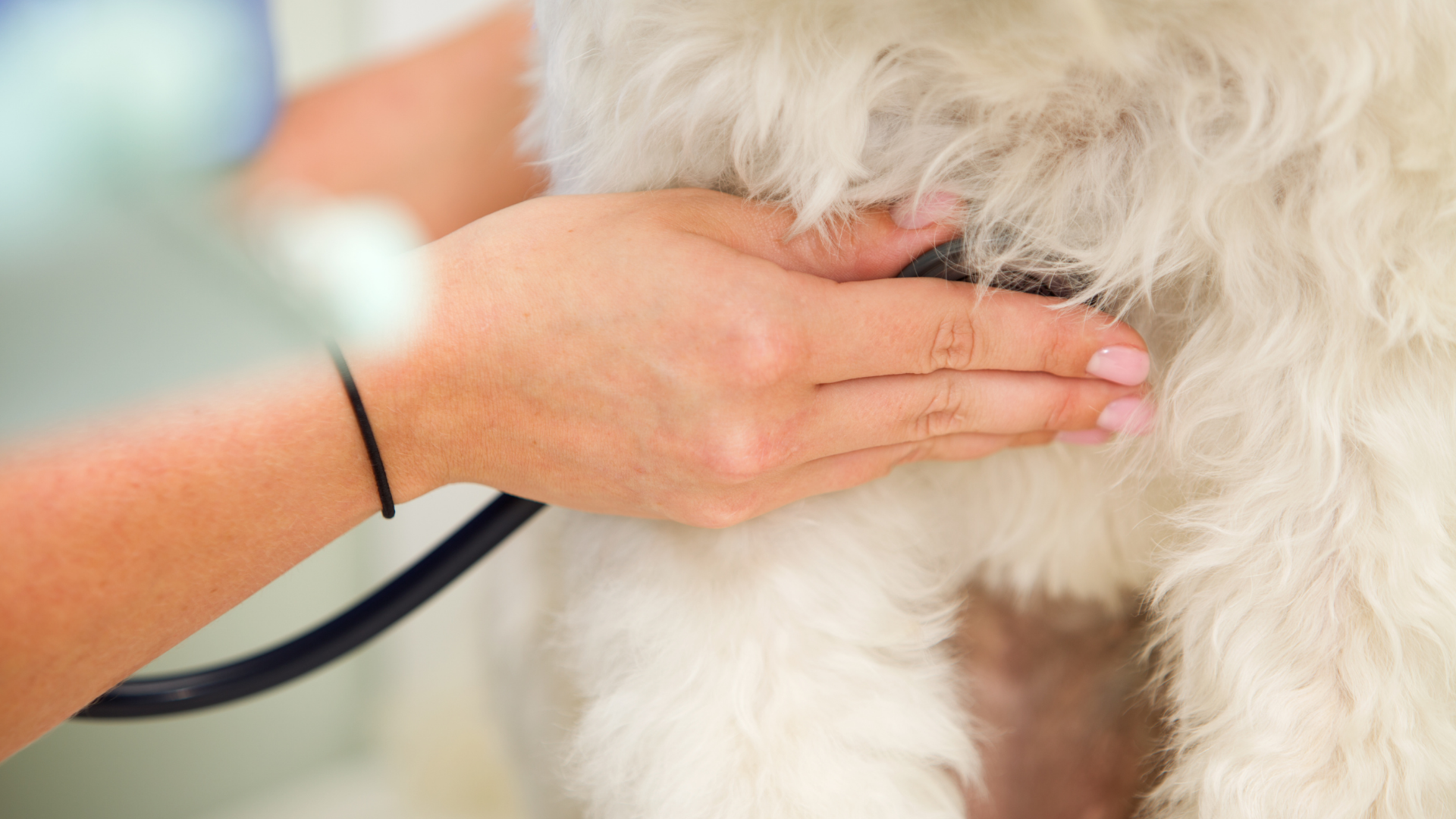
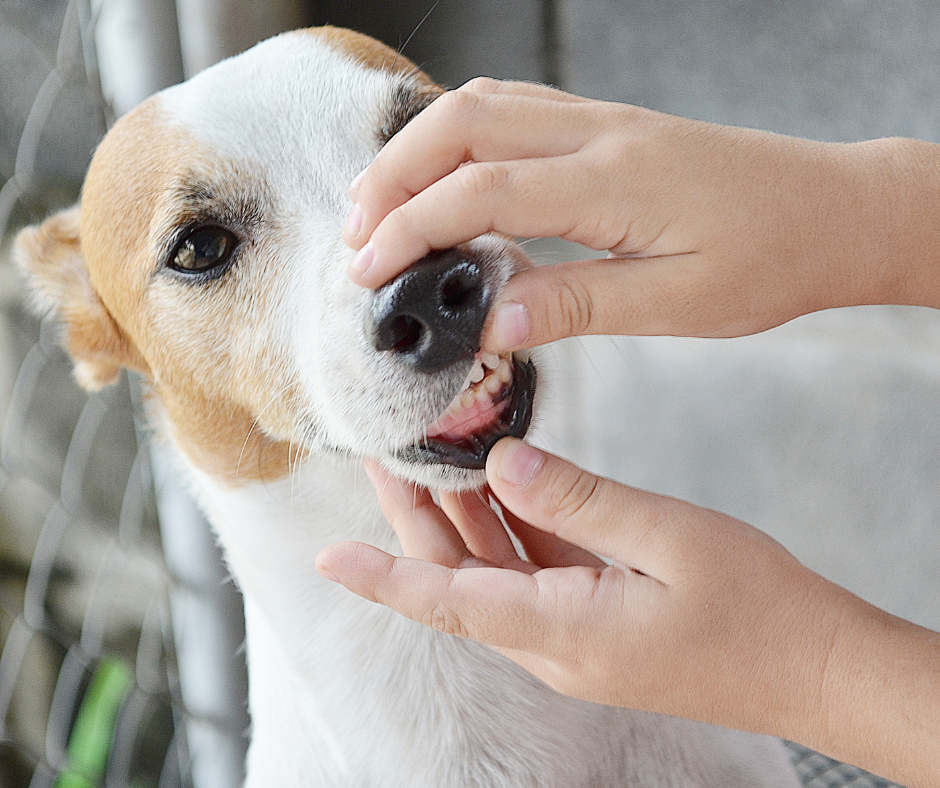
How to Monitor Your Dog After Neutering
- Respiration Rate: Your dog’s breathing rate can tell you a lot about how they are feeling but does require some interpretation. A panting dog may be hot, stressed, excited, or in pain. You can typically see your dog’s chest or abdomen/flank rise and fall. Count your dog’s respiration rate for one minute (or for fifteen seconds and multiply by four) to determine their respiration rate.
- Pulse Rate: Your dog’s pulse rate can typically be palpated (felt) best on the left side of their chest wall, between their third and fifth rib. A rule of thumb is to move their left elbow backward, as far as it will comfortably/easily move, and feel the chest wall in this area. Checking pulse is a skill that takes time to learn, therefore, if you are new to this action, do not be concerned if you do not feel your dog’s pulse right away. It is typically easiest to palpate on thin/ health weight dogs with a narrow chest – and is more difficult on chunky dogs.
- Gum Color/ Capillary Refill Time: Typically a dog’s gums are a healthy pink color. If a dog is experiencing low oxygen levels in their blood (hypoxia), their gums will become pale or blue in appearance. This is a sign of an emergency and your dog should see a veterinarian immediately. To judge the capillary refill time, gently lift up your dog’s lip and press one finger into the pink of your dog’s upper gums, release, and see how long it takes for the depressed area to return to its normal pink color. Normal capillary refill time is under two seconds. Note – some dogs have gums with dark pigmentation. In this case, this evaluation method is not applicable.
Signs of Abnormal Recovery
If you notice your dog exhibiting any of these signs, it could be a sign that the incision is not healing correctly. Look out for these signs of abnormal recovery after the dog’s surgery:
- Excessive swelling or redness after neuter
- Neuter incision healing
- Neuter dissolvable stitches
- Inability or pain while urinating
- Foul smell or odor coming from the incision area
- Excessive draining (or any draining if the incision site was completely closed)
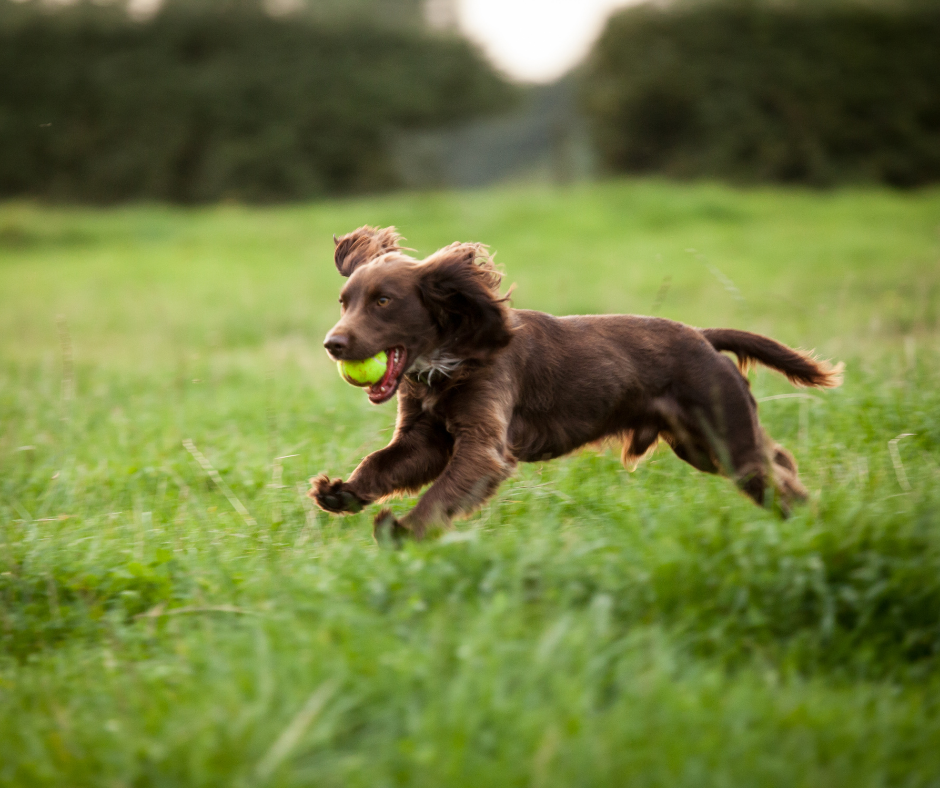
Neutering Complications
Neutering a dog is considered a routine surgery and is considered safe with minimal risk to the patient, but some complications can occur.
Anesthesia-related deaths are extremely rare and are a risk with any anesthetic procedure. Some dogs are allergic to anesthetic drugs, causing them to have an adverse reaction, often leading to death. Additionally, proper steps must be taken following surgery to ensure the patient is monitored for several hours after surgery, especially if they are hypothermic.
The following complications are more frequently reported, but with proper veterinary care often have minimal impact on the patient’s overall outcome:
- Bruising around the incision site can be seen in the hours following surgery. If your veterinarian sees bruising or expects your dog may bruise, they may apply gentle pressure to the area for a few hours following surgery via a scrotal wrap. This will minimize the capillary bleeding in this area.
- Scrotal hematoma (the empty space in the scrotum filling with blood)
- Re-opening of the incision site – due to licking or high activity levels. This can typically be avoided through ensuring your dog is not allowed to lick (through close observation and the use of an e-collar) and restricting their activity to leashed walks.
Cryptorchid dogs do have an increased risk of complications. These surgeries take longer to perform, so the dogs are under anesthesia for a longer duration – increasing the potential for hypothermia. Additionally, depending on the location of the undescended testicle, there may be increased bleeding, as well as an increased risk for another structure to be nicked or damaged during surgery.
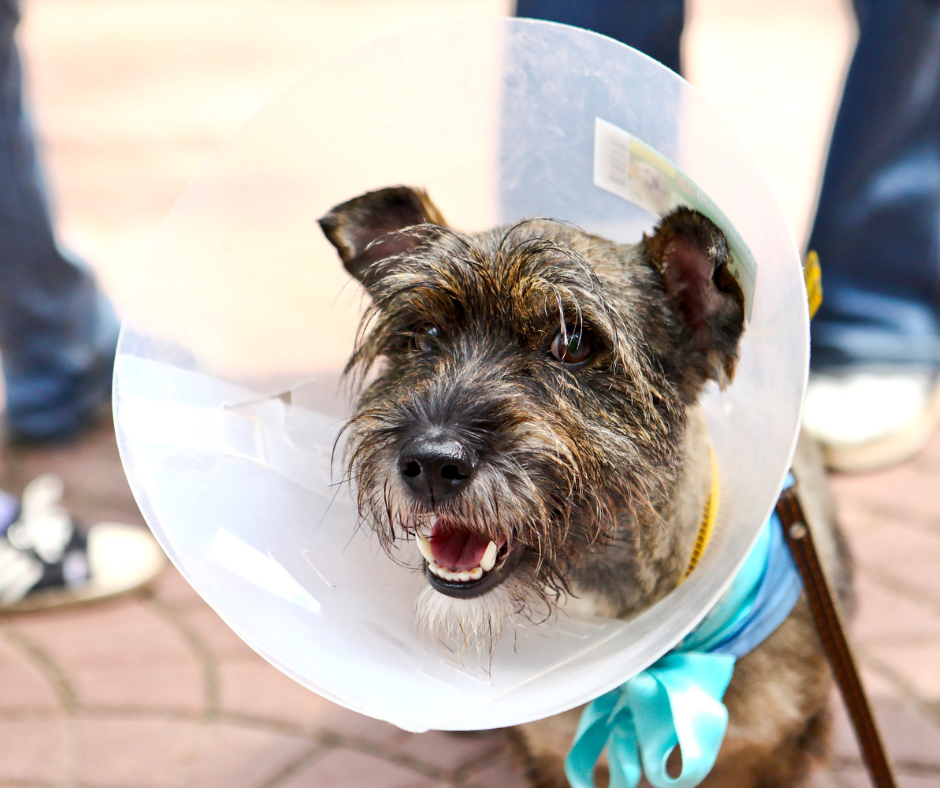
Tips for Caring for Your Dog After Neutering
Monitor your dog for signs of complications and for any licking! If they are trying to lick or typically enjoy licking themselves, it is essential that they wear a cone/e-collar to prevent them from accessing their incision site.
Keep your dog calm, quiet, and dry for 7-10 days following their surgery. Your dog should only have leashed walks and avoid running, jumping, and wrestling with other dogs as this could reopen the incision site. Your dog should not have a bath or go swimming during his timeframe.
Ask your veterinarian about telehealth options that they offer. If you have any concerns about your dog’s recovery, you may be able to call, text, or send photos/videos to your veterinary team. From here they may be able to offer suggestions, make recommendations on what to monitor, or ask you to bring your pet into the clinic. For additional peace of mind, MeasureON!, a non-invasive heart rate monitor, can monitor your dog’s temperature, heart rate, and respiratory rate while they are home in recovery – feeding this information back to your pet’s veterinary team for the best possible care.
